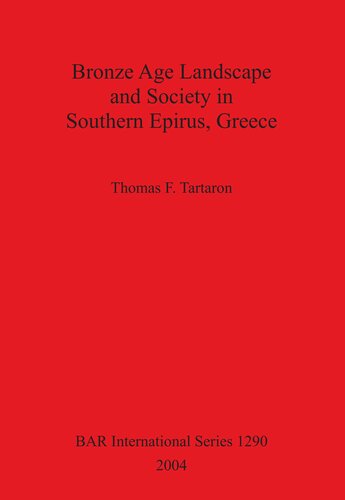

Most ebook files are in PDF format, so you can easily read them using various software such as Foxit Reader or directly on the Google Chrome browser.
Some ebook files are released by publishers in other formats such as .awz, .mobi, .epub, .fb2, etc. You may need to install specific software to read these formats on mobile/PC, such as Calibre.
Please read the tutorial at this link: https://ebookbell.com/faq
We offer FREE conversion to the popular formats you request; however, this may take some time. Therefore, right after payment, please email us, and we will try to provide the service as quickly as possible.
For some exceptional file formats or broken links (if any), please refrain from opening any disputes. Instead, email us first, and we will try to assist within a maximum of 6 hours.
EbookBell Team

4.8
44 reviewsIn this work the author focuses on the social and other non-material dimensions of life that are increasingly integral to landscape archaeology. Although the geographical focus of the study is southern Epirus, and in particular the lower valley of the Acheron River, the author also attempts a general, though not exhaustive, synthesis of the Bronze Age evidence from all of Greek Epirus. The Epirote Bronze Age remains poorly known and there has been no new synthesis for some time. Until recently, most of the scholarly work has been in Greek, much of it rather inaccessible, and this may have discouraged the wide dissemination of information. More importantly for the present case, however, a fresh assessment of evidence from the whole of Epirus (and to a lesser extent, surrounding regions) was essential to place events and longer-term processes in the lower Acheron valley in proper context. The landscapes of Epirus are highly diverse, and the lower Acheron valley, as lowland, coastal, and Mediterranean in climate, presented a singular set of circumstances to Bronze Age inhabitants. The important contrasts detected across Epirus throw into relief the divergent trajectory of the lower Acheron valley, and suggest certain explanations for it. It is hoped that this work will give the reader a sense of the Bronze Age landscapes of lowland southern Epirus, and a feeling for what it might have been like to inhabit them.